最後更新/Last Updated:2025-03-19
In addition to the "Three Treasures of Gangshan"—mutton, honey, and soybean paste—the dedicated efforts of a group promoting local culture and history have revealed the region's rich historical landscape to us. This time, we explored Gangshan Old Street, capturing its essence, and also climbed to the top of the Siaogangshan Skywalk. From this vantage point, we could see the entire Kaohsiung.
Contents
◦ Kaohsiung Travel Guide
01|Transportation in Kaohsiung
🚄 Taiwan High Speed Rail
🚄 Kaohsiung Metro (MRT) Unlimited Travel Pass
🛵 Kaohsiung Scooter Rental - Zuoying High Speed Rail Station Pickup
🛵 Kaohsiung Scooter Rental|Kaohsiung Railway Station Pickup
02|Popular Attractions in Kaohsiung
🎫 Kaohsiung Fun Pass
🎫 E-DA Theme Park Ticket
🎫 Suzuka Circuit Park Ticket in Kaohsiung
🎫 Shoushan Zoo Tickets
🎫 Hamasen Museum of Taiwan Railway Ticket in Kaohsiung
🎫 British Consulate in Kaohsiung: Tickets and Discount Packages
🎫 National Science And Technology Museum Ticket in Kaohsiung
03|Things To Do in Kaohsiung
🚢 Kaohsiung Love River Love Boat Ticket & Cruise Guide
🚣🏻 Water skiing experience at Lotus Lake Water Skiing Theme Park
♨️ Zheng Qing Song Korean Sauna in Kaohsiung
◦ The Past of Gangshan
Have you ever heard of the "Agongdian Reservoir"? I was curious whether it was a store owned by a grandfather or a store visited by grandfathers. It wasn't until I learned about the evolution of Gangshan's place names that I discovered the interesting origin of "Agongdian."
Long ago, Gangshan was a desolate plain covered with thatch (also called "zhenzi"). Thus, the area was known as "Ganzhenlin." Coincidentally, it was also a midpoint rest stop between Tainan and Zuoying. An elderly man built a thatched hut by the roadside and started selling tea and groceries, offering travelers a place to relax. In honor of this elderly man, people called him "Agong" (grandfather) and his hut "Dian" (store), hence the name "Agongdian." During the Japanese colonial period, the governor-general of Taiwan used the nearby large and small Gangshan as landmarks. Since "Gangshan" sounded similar to Okayama in Japan, it was officially renamed "Gangshan" in 1920 and has retained the name to this day.
During the Pacific War, Japan established an air base here, transforming Gangshan into an important military stronghold. In addition to housing the Air Force Academy, many air military dependent villages were also built.
01|Air Force Flight School
The Air Force Flight School was established in 1962. After completing its mission, it was disbanded in 1968, and its flight training tasks were integrated into the Air Force Academy.
02|Group Photo of Graduates and Teachers of the Kindergarten
After the war, the Nationalist Government took over Gangshan Airport and its facilities. In 1949, the Air Force Academy, Air Force Communications School, and Air Force Mechanical School were successively relocated to Gangshan. To accommodate the large number of Air Force officers, soldiers, and their families who had moved to Taiwan, 18 dependent villages were built. The dormitory of the 61st Air Factory workers was renovated into one of these villages, providing housing for flight instructors and their families. To honor the Air Force's legacy, the village was named "Xing Village."
➤ Photo credits and textual references:午夜懷舊雜譚
◦ Bamboo Basket Festival
In ancient societies, market fairs played a significant role in people's lives. The Hoklo people referred to similar activities as "Shizi," "Niu Xu," or "Luozi Kuang Hui." In Taiwan, Gangshan stands out as the only place where basketry fairs, focusing on bamboo products, continue to thrive. These fairs mainly sell farm tools such as bamboo baskets, carrying poles, and bamboo containers.
As times have changed, the Bamboo Basket Festival has evolved to resemble modern markets. In addition to offering more food options, there is now a section dedicated to selling flowers and plants.
With a history of over 200 years, the Bamboo Basket Festival is held three times a year: on the 23rd day of the third lunar month (Mazu's birthday), the 14th day of the eighth lunar month (the eve of the Mid-Autumn Festival), and the 15th day of the ninth lunar month (Yimin Ye's birthday). Even though the reduced demand for bamboo products today, people still gather to preserve the significance of traditional customs.
◦ Attractions in Gangshan
01|Xinxin Canteen
Less than a 10-minute walk from Gangshan Train Station will take you to the location of the old train station, which was constructed during the Japanese colonial period but is no longer exists. After a fire destroyed the Hinoki wood-built Gangshan Old Train Station, the only remaining evidence of its existence is the "Gangshan Station" bus stop sign located at the entrance of Xinxin Canteen nearby.
Xinxin Canteen, which has preserved many architectural features from that era, was originally a dormitory for Taiwan Railways employees. It was established during the Japanese colonial period and initially functioned as both a bathhouse and a canteen. As its meal service grew in popularity, it began specializing in set meals. With a history of over 70 years, Xinxin is now famous for its traditional Taiwanese bento boxes, known for their simple yet flavorful ingredients, making it a popular spot with long lines of customers.
Xinxin Canteen Opening Hours: 1100-1330, 1700-1930, closed on Sunday. No. 10, Pinghe Rd., Gangshan Dist., Kaohsiung
02|Gangshan Old Street
Walking forward from Xinxin Canteen, you will reach Gangshan Old Street, the busiest area in Gangshan. This area includes Pinghe Road, Weiren Road, and Kaiyuan Street, with many shops specializing in local products such as soybean paste and longan honey.
Gangshan Old Street features several "Gangshan's First" shops and facilities, some dating back to the Qing Dynasty, preserving a few renovated Qing-era buildings. Most of the landscape consists of remnants from the Japanese colonial period when Japan established a naval aviation base here, bringing many military families to the area and accelerating the growth of trade and daily life.
Gangshan Old Street No. 64, Pinghe Rd., Gangshan Dist., Kaohsiung
03|Taiyuan Clinic
Operating since the Japanese colonial period, Taiyuan Clinic is the only clinic on the old street that has continued its medical practice without being repurposed. The Wang family has been practicing medicine here for three generations, protecting the health of residents for a century. The elegant Baroque-style house with hexagonal green bricks drew me in, but once inside, I felt out of place. The air was filled with the smell of medicine, and the flickering screen announcements constantly reminded me that this was a clinic, not a place for tourists to wander freely. The nurse only glanced at me briefly before returning to her work, likely accustomed to curious visitors.
Taiyuan Clinic Opening Hours: 0830-1200, 1500-1800, 1900-2100, closed on Sunday. No. 7, Minsheng St., Gangshan Dist., Kaohsiung
04|Gangshan Shoutian Temple
In the development of folk society, temples are usually located at the center of communities, and Shoutian Temple is the religious center of Gangshan. During the Kangxi period, due to the insufficient military presence and widespread banditry, residents sought divine protection. Consequently, Shoutian Temple was constructed, specifically dedicated to the veneration of Mazu.
During this visit, I was fortunate to arrive on Mazu's birthday. The temple was bustling with worshippers, creating a very lively scene.
Gangshan Shoutian Temple Opening Hours: 0530-2130 No. 40, Gongyuan Rd., Gangshan Dist., Kaohsiung
05|Siaogangshan Skywalk
Siaogangshan Skywalk is situated on the border between Gangshan and Yanchao, on the small Gangshan Mountain, spanning an area of about 1.8 hectares. On clear days, strolling on the skywalk designed in the shape of a violin, you can overlook the Agongdian Reservoir. On some occasions, you may even glimpse the majestic Mt. Beidawu, 85 Sky Tower, and the Taiwan Strait in the distance. The scenery in front of me was undeniably breathtaking.
Siaogangshan Skywalk Opening Hours: 0900-1700, closed on Monday. Ln. 80, Dazhuang Rd., Gangshan Dist., Kaohsiung
◦ Restaurants and Snacks in Gangshan
01|NASHIBA lj.
Located near Old Street, the NASHIBA lj. is a stylish multi-use store with a modern design. On the first floor, it offers desserts and beverages, as well as a section dedicated to selling fine Japanese ingredients. The second floor features a selection of elegant tableware.
With limited seating, I ordered the popular macarons and coffee. Sitting by the window, I enjoyed my treats while gazing at the nearby gas store. The macaron's taste reminded me of the contrast yet richness of the white building and the surrounding street scene—striking but layered.
NASHIBA lj. Opening Hours: 1200-2000, closed on Monday. No. 32-1, Dacheng St., Gangshan Dist., Kaohsiung
◦ Flying Over Taiwan
*All aerial photography operations are conducted within legal airspace. During flight, regulations stipulated by the Civil Aviation Law are strictly followed, maintaining the required distance from buildings and crowds. Zooming and post-production techniques are used to ensure compliance, making the flights fully legal.
*Anyone citing these images and text must provide proper attribution. Unauthorized or illegal use of the images and text is prohibited and may result in legal liability.
◦ Other Areas in Kaohsiung
➤ Zuoying | A Charming Ancient City with Rich Naval Heritage
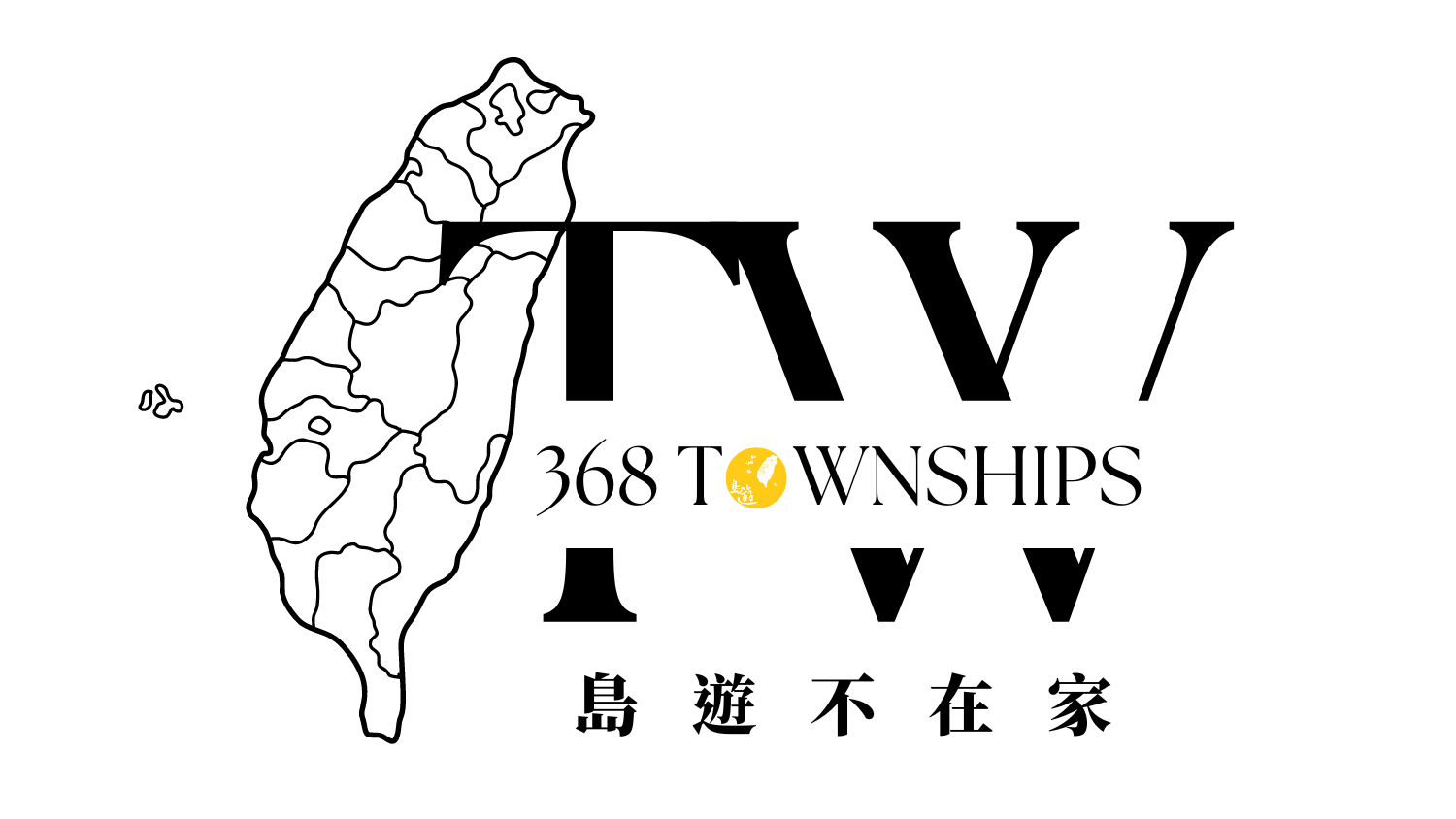
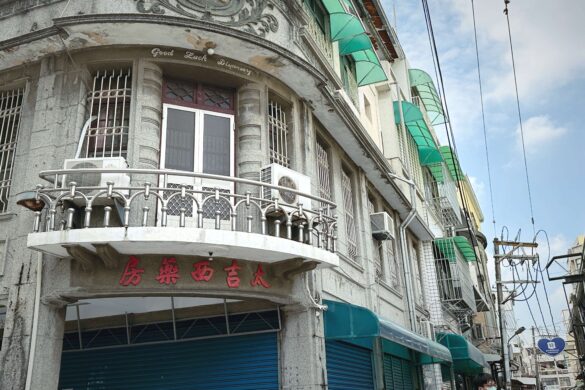

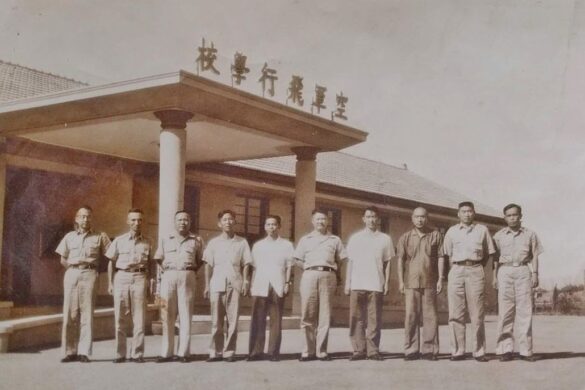

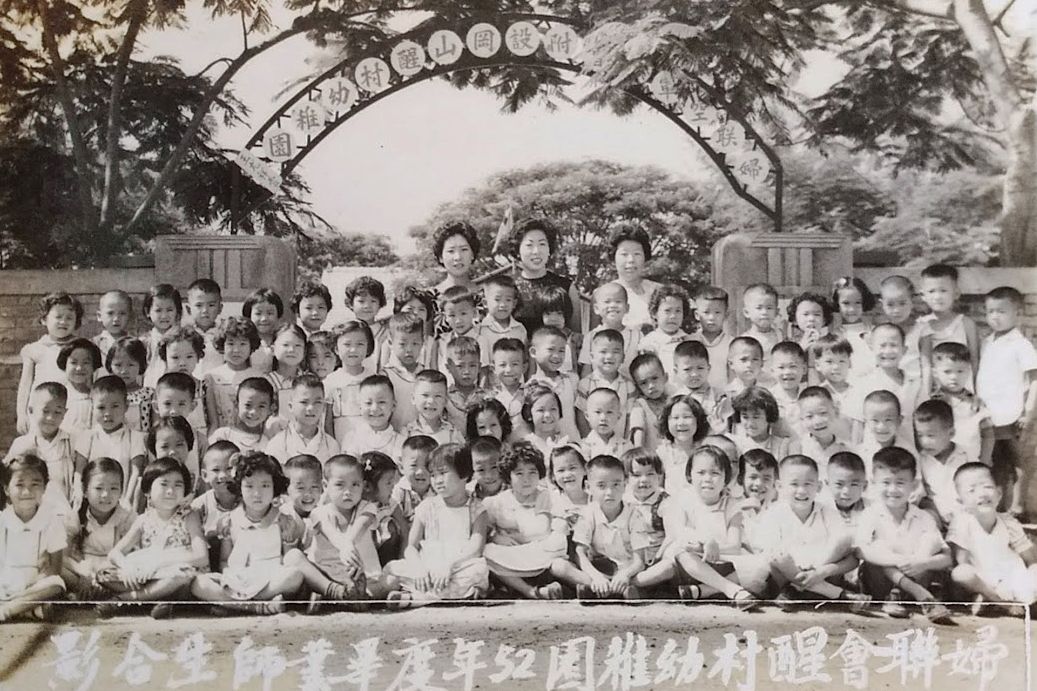
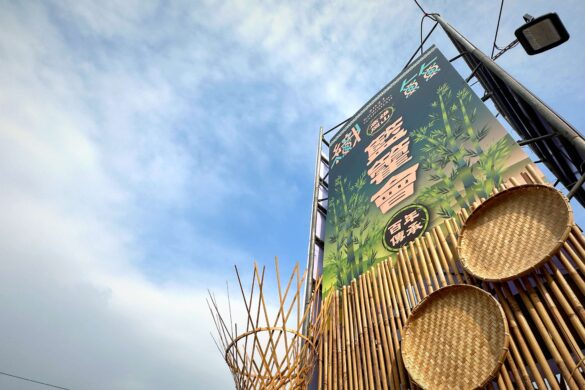


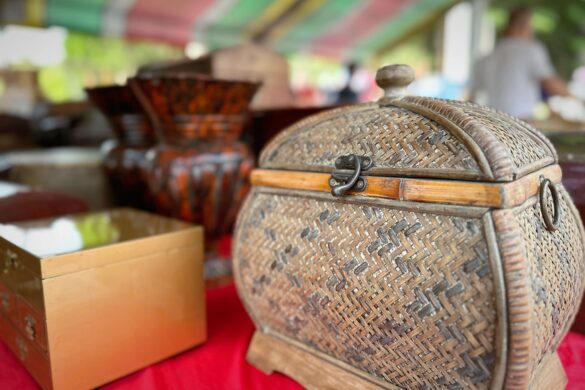

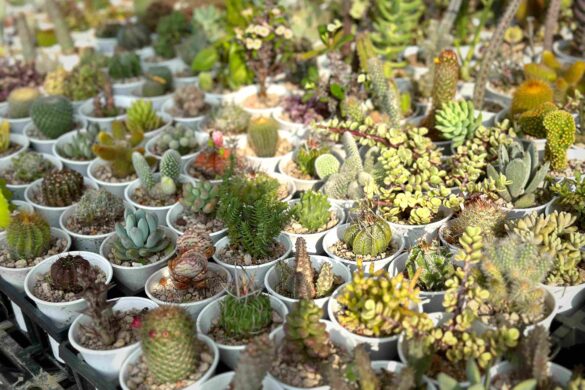

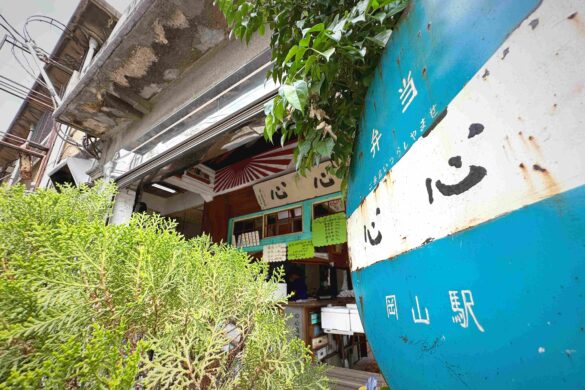

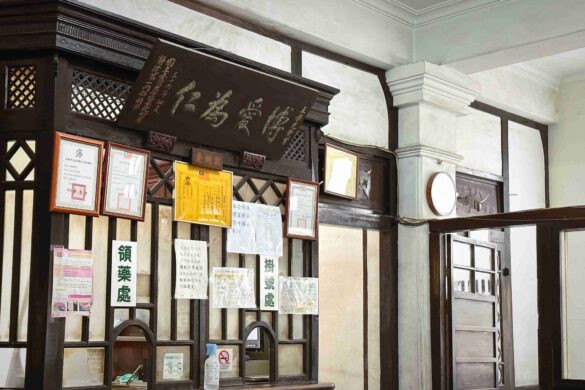
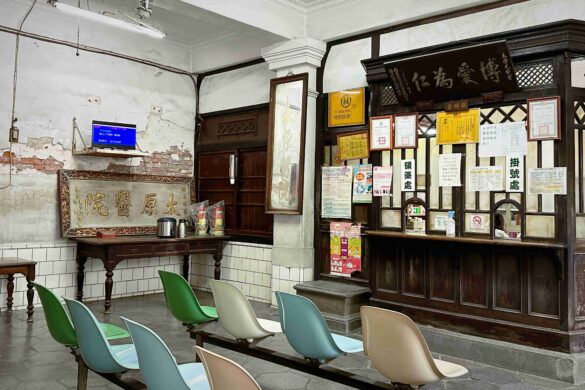
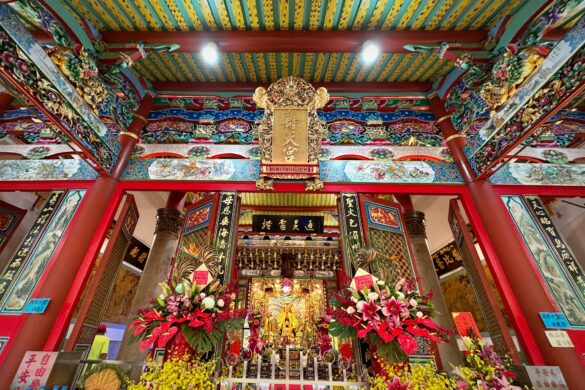
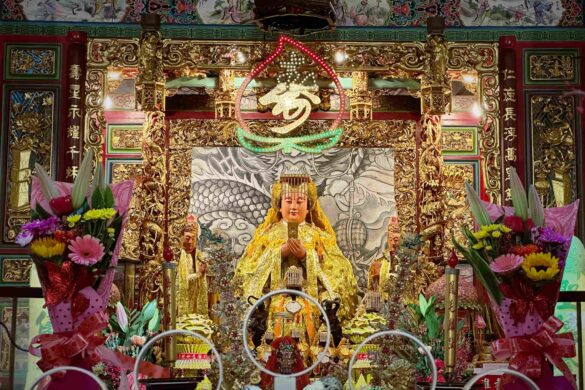
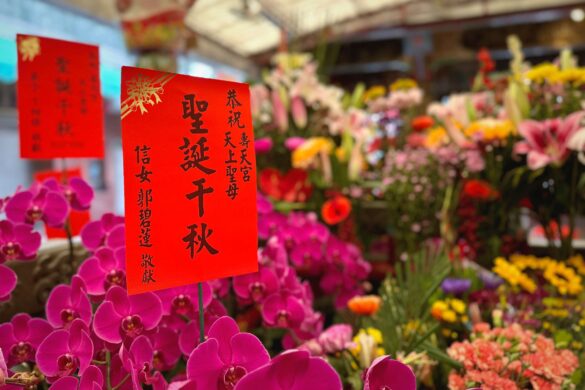

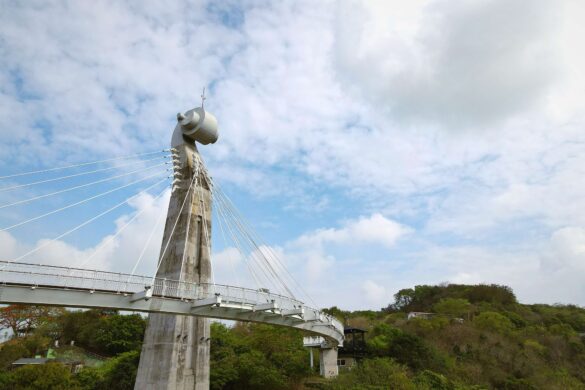

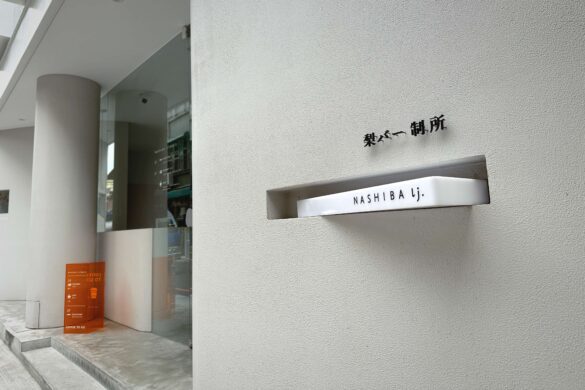



1 留言
[…] 高雄 ◦ 茄萣|烏魚子的故鄉 ➤ 高雄 ◦ 岡山|全臺唯一僅存的籃籗會 ➤ 高雄 ◦ […]